The 1888 Silver Dollar coin value varies significantly based on mint mark, condition, and varieties. Circulated 1888-O Morgan dollars are worth $49-$64, while uncirculated examples start at $82. High-grade specimens command premium prices, with MS-63 coins valued around $425 and MS-67 examples exceeding $15,000. Key value factors include condition grade, mint mark (New Orleans “O” mint coins are more valuable than Philadelphia no mint mark), and special varieties like the popular “Scarface” and “Hot Lips.” Professional grading certification from NGC or PCGS increases value, especially for higher grades with sharp details and original mint luster.
That tarnished dollar sitting in your grandfather’s collection might be worth considerably more than face value. The 1888 Morgan silver dollar represents a fascinating intersection of American history and numismatic value, with prices ranging from around fifty dollars for worn examples to over fifteen thousand for pristine specimens. Understanding the specific mint mark, condition grade, and variety of your coin determines whether you’re holding a modest keepsake or a serious investment piece.
Understanding the Three Main 1888 Morgan Dollar Varieties
The United States Mint produced Morgan silver dollars at three facilities in 1888, each leaving a distinct identifier on the coins. The Philadelphia Mint struck 19,183,833 pieces without any mint mark, making it the most common variety. The New Orleans facility produced 12,150,000 coins marked with an “O” below the eagle on the reverse. The San Francisco Mint had the smallest output at 657,000 pieces, identifiable by the “S” mint mark in the same location.
These production numbers directly impact current market values. Philadelphia examples trade as generic silver dollars in most grades, while San Francisco specimens command substantial premiums due to their lower mintage. The New Orleans coins fall somewhere between, though specific die varieties from this mint have developed dedicated collector followings.
Base Value by Mint Mark (Circulated Condition):
| Mint Mark | Location | Mintage | Typical Value Range |
|---|---|---|---|
| No Mark (P) | Philadelphia | 19,183,833 | $32-$48 |
| O | New Orleans | 12,150,000 | $49-$64 |
| S | San Francisco | 657,000 | $68-$95 |
How Condition Grade Dramatically Changes Value
Professional coin grading uses the Sheldon Scale, ranging from Poor-1 to Mint State-70. For 1888 Morgan dollars, the difference between a heavily circulated piece and an uncirculated example means hundreds or thousands of dollars in value.
Circulated grades start with Good-4, where major design elements remain visible but details are worn smooth. Fine-12 examples show moderate wear with Liberty’s hairline details still distinguishable. About Uncirculated-50 coins display only slight wear on the highest points, with most of the original mint luster preserved.
The real value jump occurs at the Mint State threshold. An MS-60 coin shows no circulation wear but may have numerous bag marks from contact with other coins during storage. MS-63 examples feature fewer distracting marks and better eye appeal. Premium grades like MS-65 and above exhibit sharp strikes, strong luster, and minimal contact marks.
1888-O Morgan Dollar Grading Breakdown:
| Grade | Description | Current Market Value |
|---|---|---|
| Good-4 | Heavy wear, flat details | $49-$52 |
| Fine-12 | Moderate wear, readable date | $54-$58 |
| Extremely Fine-40 | Light wear, clear details | $60-$64 |
| About Uncirculated-50 | Slight wear on high points | $68-$75 |
| MS-60 | No wear, heavy bag marks | $82-$95 |
| MS-63 | Choice, fewer marks | $425-$485 |
| MS-65 | Gem quality, strong luster | $1,850-$2,200 |
| MS-67 | Superb preservation | $15,000-$18,500 |
Heritage Auctions sold an 1888-O graded MS-67 by Professional Coin Grading Service for $16,800 in January 2023, demonstrating the extreme premiums attached to condition rarities.
Valuable Die Varieties and Error Coins Worth Finding
Beyond standard mint mark differences, specific die varieties create additional value opportunities. The 1888-O “Scarface” variety shows a prominent die gouge running from Liberty’s nose to her chin, caused by damage to the working die. This distinctive feature makes the variety easily identifiable and highly collectible.
In lower Mint State grades, a Scarface example might trade for twenty to thirty percent above a standard 1888-O. High-grade specimens with strong strikes showing the full extent of the die gouge command even larger premiums. An MS-64 Scarface sold through Stack’s Bowers in August 2023 for $780, compared to approximately $550 for a regular 1888-O in the same grade.
The “Hot Lips” variety displays doubled die characteristics on Liberty’s lower lip, creating the appearance of fuller lips. This subtle variety requires careful examination but adds collector interest and modest premiums in higher grades.
Notable Error and Variety Values:
| Variety/Error | Identifying Feature | Premium Over Standard |
|---|---|---|
| 1888-O Scarface | Die gouge on face | 20-35% in MS grades |
| 1888-O Hot Lips | Doubled lower lip | 10-15% in MS-63+ |
| Clash Marks | Reverse design in obverse field | Minimal to 5% |
| Off-center Strike | Partial missing design | $150-$800 depending on percentage |
True mint errors like off-center strikes or wrong planchet errors are extremely rare for Morgan dollars. An 1888-O struck fifteen percent off-center sold through Great Collections in March 2023 for $720, though most collectors focus on varieties rather than dramatic errors for this series.
Professional Grading and Authentication Benefits
Raw coins—those without third-party grading—trade at discounts compared to certified examples, particularly in higher grades where counterfeits and alterations become concerns. The two major grading services, Numismatic Guaranty Company and Professional Coin Grading Service, encapsulate coins in tamper-evident holders with grade labels.
For common-date Morgan dollars in circulated grades, professional grading costs between thirty and forty dollars, making it economically questionable unless the coin grades Extremely Fine or better. The calculation changes dramatically for uncirculated examples or known varieties.
An MS-63 1888-O in a PCGS holder typically sells for four hundred to four hundred fifty dollars, while an identical raw coin might struggle to reach three hundred fifty dollars due to buyer uncertainty. The grading fee of forty-five dollars provides substantial return when the certification premium exceeds one hundred dollars.
Population reports from grading services reveal rarity at specific grade levels. PCGS has certified only forty-two 1888-O Morgan dollars at the MS-67 grade level as of November 2023, explaining why these pieces command five-figure prices. The rarity pyramid shows thousands of MS-60 through MS-63 examples but rapidly diminishing numbers at MS-64 and above.
Silver Content and Melt Value Floor
Each Morgan dollar contains 0.77344 troy ounces of pure silver, providing an intrinsic melt value that establishes a price floor. With silver trading at twenty-four dollars per ounce in December 2023, the raw silver content equals approximately eighteen dollars and fifty cents.
This melt value protects collectors from complete losses but represents only a fraction of numismatic premiums. Even the most common 1888 Philadelphia examples in heavily worn condition trade for thirty-two to thirty-eight dollars, nearly double the silver content. The New Orleans pieces maintain even stronger premiums above melt.
During periods of high silver prices, the gap between melt value and collector premiums narrows for common dates. When silver spiked to forty-eight dollars per ounce in 2011, common Morgan dollars in circulated grades traded heavily on metal content rather than numismatic value. Current market conditions maintain healthy numismatic premiums for all but the most damaged examples.
Building a Strategic Collection Approach
Starting collectors should focus on acquiring properly graded examples in the MS-63 to MS-64 range, where coins offer strong eye appeal without the extreme premiums attached to gem grades. An 1888-O in MS-63 at four hundred twenty-five dollars represents better long-term value than stretching budgets for marginal condition improvements.
Variety collectors can pursue the Scarface and Hot Lips coins as affordable specialties within the Morgan dollar series. These varieties remain accessible in lower Mint State grades while offering the thrill of hunting specific die characteristics. Building a complete set of 1888 varieties across all three mints creates a focused goal without requiring six-figure investments.
Advanced collectors competing for condition census coins—the finest known examples of specific dates—should verify population reports and auction records before making significant purchases. The difference between an MS-66 and MS-67 might seem minimal to casual observers, but markets treat these grade distinctions as separate collectible tiers with dramatically different price structures.
Raw coin purchases require careful examination under magnification, checking for cleaning, harsh polishing, or attempts at artificial toning that destroy numismatic value. Learning to identify original mint luster versus enhanced surfaces protects buyers from costly mistakes. When dealing with coins valued above five hundred dollars, insisting on third-party certification eliminates most authentication risks.
The 1888 Morgan silver dollar offers entry points for collectors at virtually every budget level while maintaining strong market liquidity. Whether you’re evaluating an inherited coin or building a systematic collection, understanding the interplay between mint marks, grades, and varieties transforms these historic silver dollars from curiosities into informed acquisitions.
You may be interested:
- 1859 Indian Head Penny Coin Value Complete Errors List And No Mint Mark Worth Guide For Collectors
- 1911 V Nickel Coin Value Guide Complete Errors List And No Mint Mark Worth Today
- 1902 Dime Coin Value Complete Errors List With O S And No Mint Mark Worth Guide
- 1788 Quarter Coin Value Complete Guide Errors List And D S P Mint Mark Worth Revealed
- 1776 To 1976 Bicentennial Half Dollar Coin Value Complete Errors List And What Your D S And No Mint Mark Coins Are Actually Worth
- 1990 Penny Coin Value Errors List How D S And No Mint Mark Pennies Are Worth Thousands Of Dollars

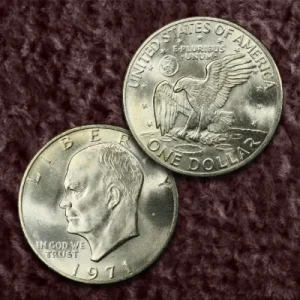
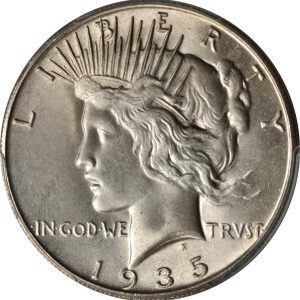
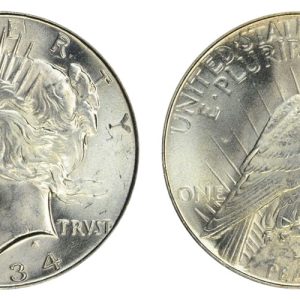
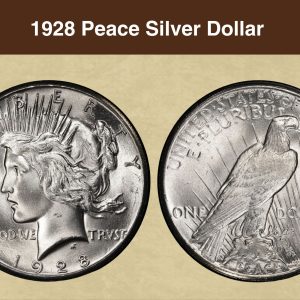
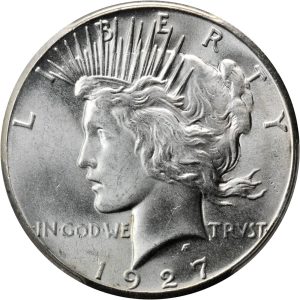
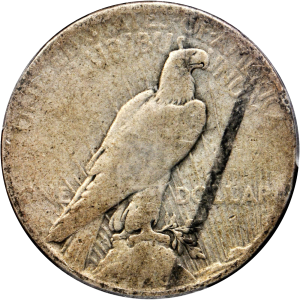
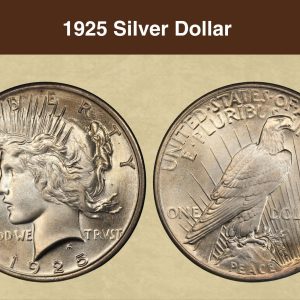
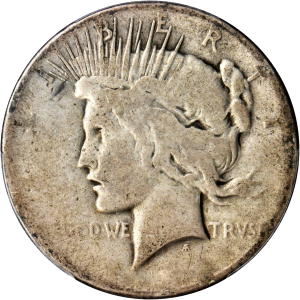
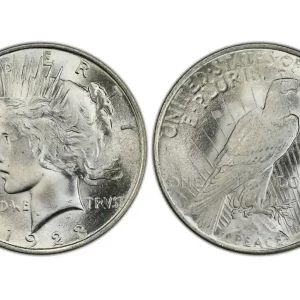
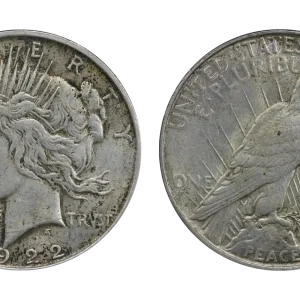
How much is an 1888 O’Morgan Dollar worth?
An 1888-O Morgan silver dollar is worth between $49 and $64 in circulated condition, while uncirculated examples are worth around $82 and higher-grade examples can be worth hundreds or even thousands of dollars. Key factors influencing value include the coin’s condition (grade), specific varieties like the “Scarface” or “Hot Lips,” and any professional grading or certification.
Are there any rare varieties of the 1888 dollar?
The “Hot Lips” variety is an 1888-O Morgan Silver Dollar with the lips doubled due to a die break. This visual peculiarity makes it a sought-after collector’s item. Even the scratched pieces can sell for hundreds, and even uncirculated coins can go up to thousands.
Where is the mint mark on a 1888 silver dollar?
The mint mark on an 1888 silver dollar is on the reverse (back) of the coin, below the eagle’s wreath and between the words “O” and “LL” in “DOLLAR”. If there is no mint mark, the coin was minted in Philadelphia.
What is the O on a silver dollar?
The New Orleans Mint began striking the new silver dollars in 1879. The Denver Mint, established in 1906, struck the coins for only one year, in 1921. The mint marks appearing on the coins are none, representing Philadelphia, “CC” for Carson City, “S” for San Francisco, “O” for New Orleans and “D” for Denver.